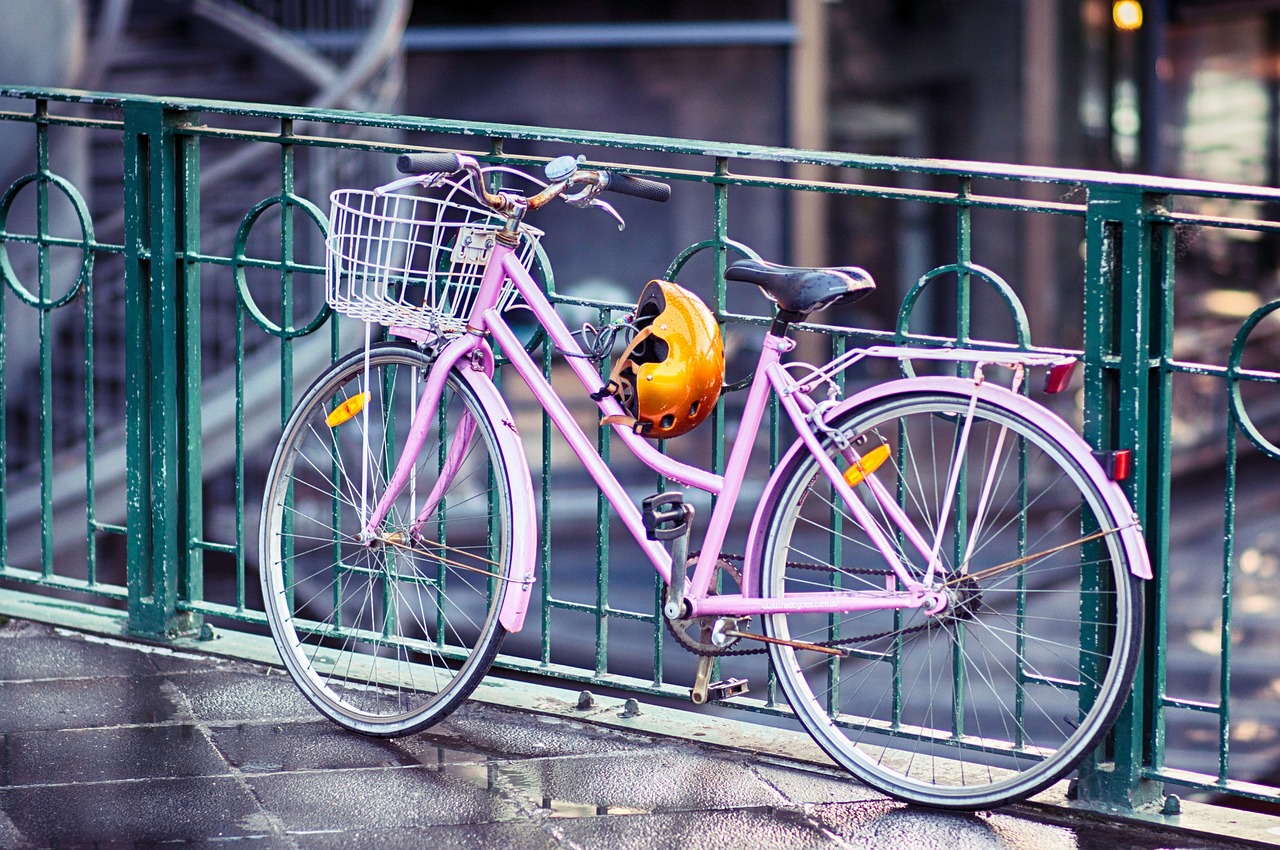Sustainable Packaging Design: Innovations for Reducing Waste in Product Packaging
With the global increase in environmental awareness, the importance of sustainable packaging has become increasingly evident. Traditional packaging practices often contribute to the accumulation of non-biodegradable waste in landfills, leading to long-term environmental degradation. By promoting sustainable packaging solutions, businesses can play a crucial role in reducing their carbon footprint and overall environmental impact.
Furthermore, sustainable packaging not only benefits the environment but also resonates with consumers who are becoming more conscious of the impact of their purchasing choices. As consumers become more educated about environmental issues, they are actively seeking products that are packaged in eco-friendly materials. Embracing sustainable packaging not only meets consumer demand but also positions companies as responsible stewards of the environment, ultimately enhancing brand reputation and consumer loyalty.
The Impact of Current Packaging Practices
The rampant use of non-biodegradable materials in packaging has led to a mounting environmental crisis. Landfills are overflowing with plastic waste, and marine life is facing grave threats due to the extensive pollution caused by improper disposal of packaging materials. The carbon footprint of the packaging industry is significant, contributing to global warming and escalating climate concerns.
Moreover, the excessive use of packaging materials results in a depletion of natural resources. Forests are being cleared to produce paper packaging, and oil reserves are exploited for creating plastic packaging. This exploitation of resources not only accelerates environmental degradation but also perpetuates the cycle of unsustainable practices within the packaging industry.
Innovative Materials for Eco-Friendly Packaging
One innovative material gaining traction in eco-friendly packaging is mycelium, which is the root structure of fungi. Mycelium-based packaging offers a sustainable alternative to traditional materials like Styrofoam, as it is biodegradable, compostable, and can be molded into various shapes for packaging purposes. Companies are increasingly turning to mycelium packaging to reduce their environmental impact and meet consumer demands for more sustainable options.
Another promising material is algae-based packaging, derived from algae extracts. Algae packaging is both biodegradable and renewable, making it an attractive choice for businesses looking to enhance their eco-friendly practices. These materials have the potential to revolutionize the packaging industry by offering biodegradable solutions that minimize waste and reduce reliance on non-renewable resources.





